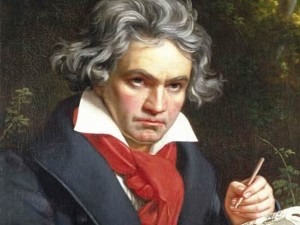
Beethoven
Credit: http://cdn.playbuzz.com/
Pauer’s key characteristics for E major are that it is: “…the brightest and most powerful key, expresses joy, magnificence, splendor, and the highest brilliancy.”
The first composer to whom we might look for this kind of writing is, of course, Beethoven. But here, he disappoints us, only writing 3 pieces in E major. However, one of those works fulfills Pauer’s description. The Overture to the opera Fidelio, certainly is bright and powerful, although tempered by the dramatic necessity of the opera.
Beethoven: Fidelio: Act I: Overture. (Nicolaus Esterhazy Sinfonia; Michael Halasz, cond.)
Mozart also has few pieces in E major. Haydn has many more, including symphonies, string quartets, string trios, piano trios, and piano sonatas, among others. The final movement of his Piano Sonata No. 46 carries all the power and brilliance Pauer liked.
Haydn: Piano Sonata No. 46 in E Major, Hob.XVI:31: III. Finale. Presto (Ronald Brautigam, piano)
When we look further however, and start to look at middle movements, then a new world of E major emerges. Beethoven’s Piano Concerto No. 3 has a middle movement in E major, however, its tempo, Largo, prevents it from matching Pauer’s requirement for magnificence and splendor. If we look at Chopin, however, his first piano concerto, ostensibly in E minor, has 2 of its three movements in E major.
Mendelssohn’s Violin Concerto in E minor also has a final movement in E major. Although it begins slowly and in a minor mode, when it changes tempo (00:55), the E major feeling of joy comes to the fore.
Mendelssohn: Violin Concerto in E Minor, Op. 64, III. Allegro molto vivace (Hilary Hahn, violin; Oslo Philharmonic Orchestra; Hugh Wolf, cond.)
What pieces do you think should be added here? Keep in mind that the piece should date from before 1876, when Pauer’s book was published. Another guideline might be to note the relatively small list of composers he gave as examples: Haydn, Mozart, Beethoven, Mendelssohn, Schubert Rossini, Weber, and Spohr – all stalwarts of German classicism / romanticism.

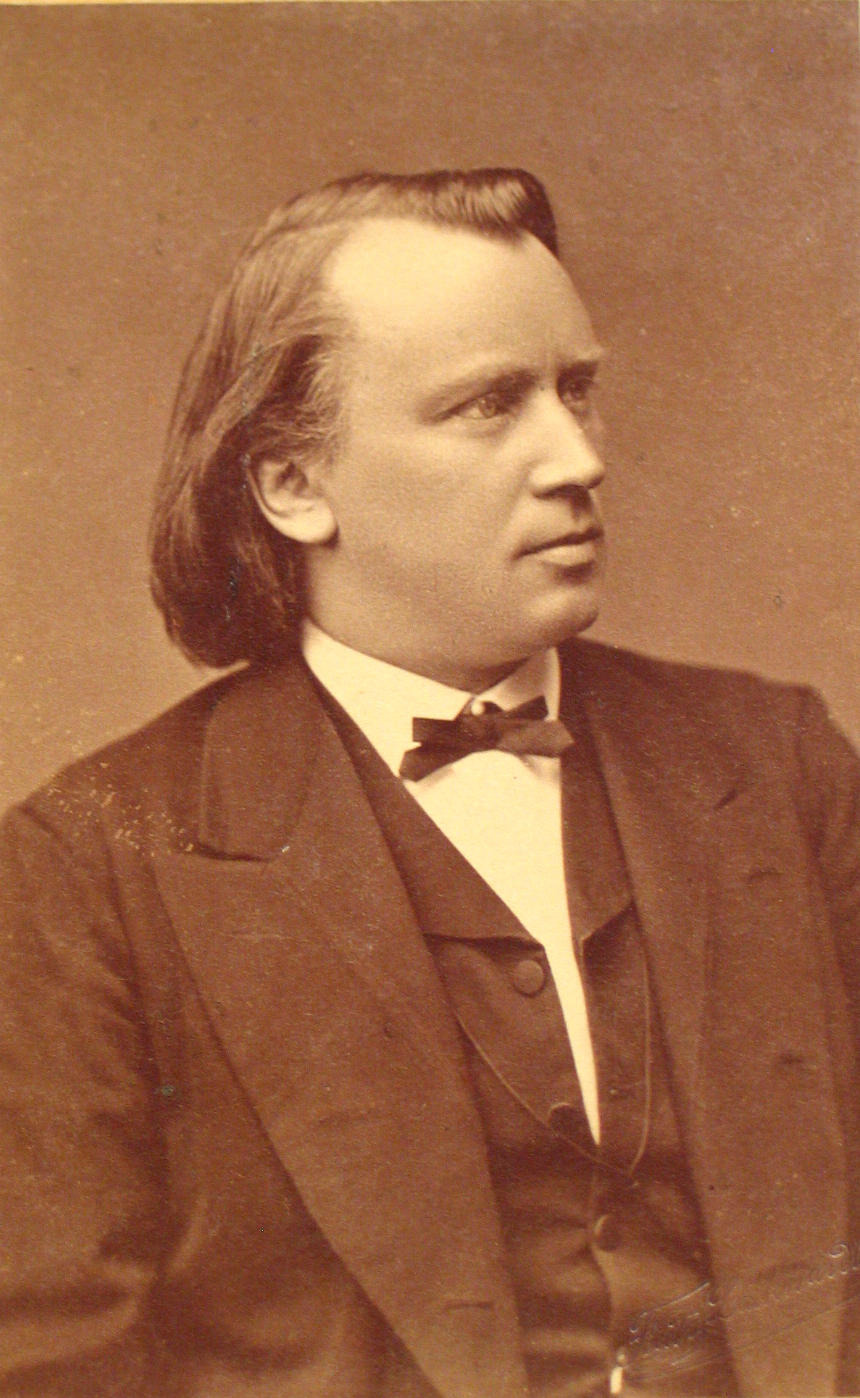
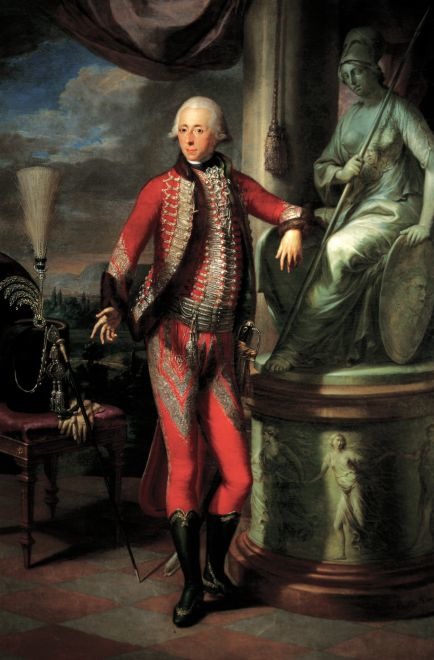
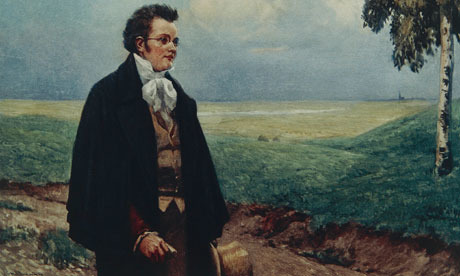
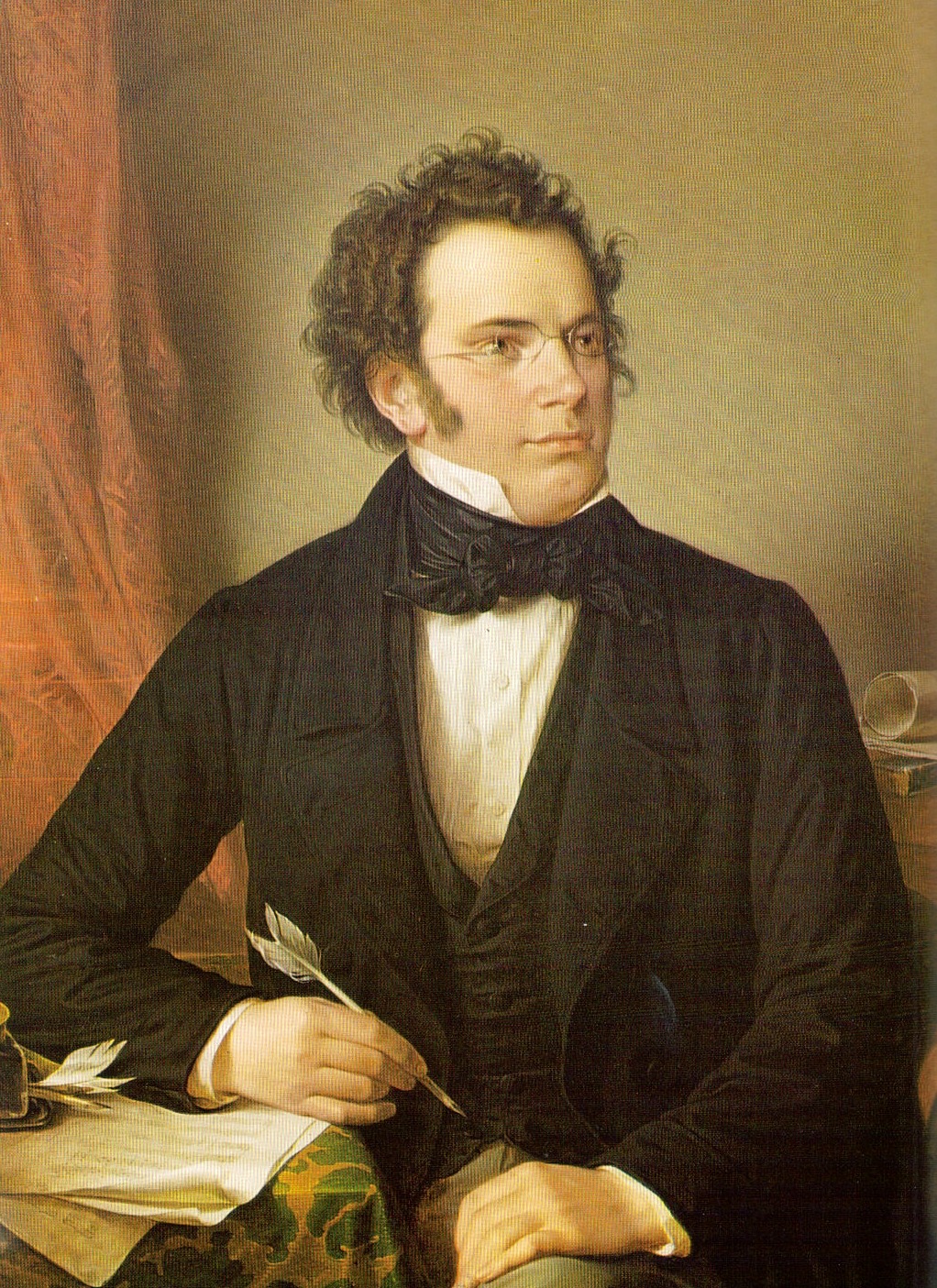
The Tannhauser overture has all the characteristics of E major in abundance.
One piece stands out for me- Moritz Moszkowski’s Piano Concerto in E Major, Op.59. One of the most powerful, magnificent; and ultimately one of the greatest piano concerti of all time.
Bach Preludio to Partita 3 for solo violin
The Etude Op. 10 No. 3 by Chopin just amazes me. I cried my heart out for one afternoon listening to it, and it’s in E major. I don’t understand. I want to be able to analyse it so bad but I’m a beginner in music theory. Why is it so sad ? It’s in a major key and it’s one of the saddest pieces of classical music.